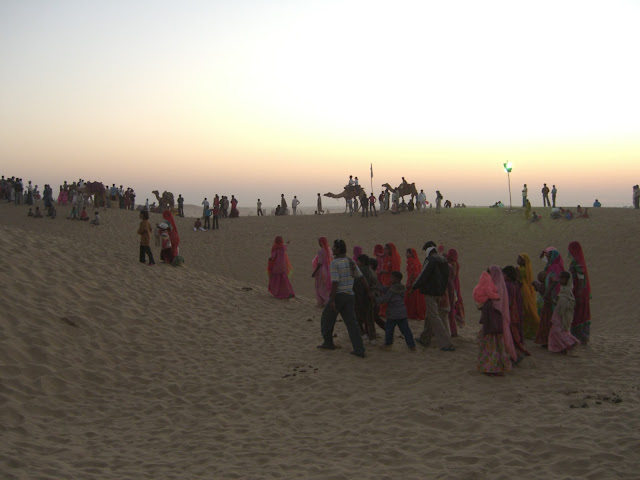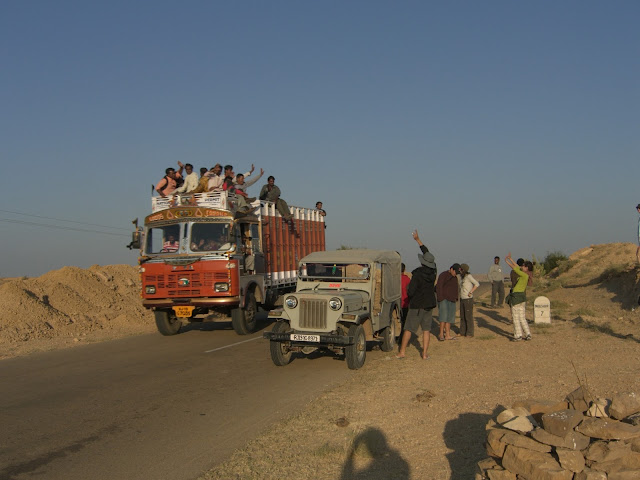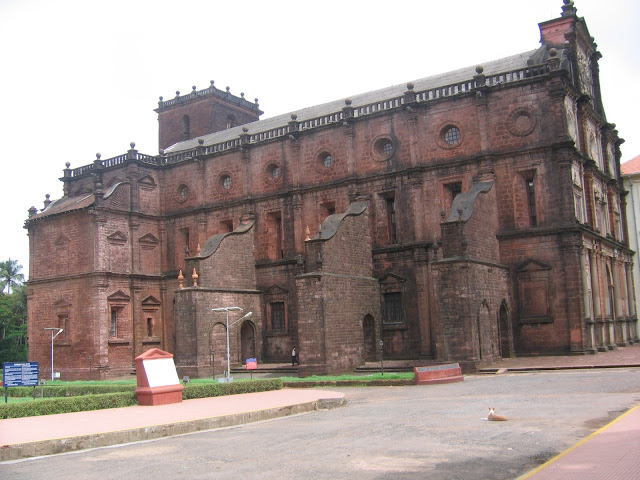When I was a kid I used to stare in
wonder at pictures of the Taj Mahal and think to myself, “I’m going to live and
die and never see that.”
Most beautiful and amazing monument that for so many westerners like myself is the very symbol of India—but so many other things I never thought I’d see. In fact, I have now completed my third tour .
Most beautiful and amazing monument that for so many westerners like myself is the very symbol of India—but so many other things I never thought I’d see. In fact, I have now completed my third tour .
I travel solo. That means no friends or family accompany me
(if I waited for my stick-in-the-mud friends and family to come with me, I’d
probably never go anywhere). A woman
with the courage to take a trip on her own to a country whose culture seems
quite different is looking for a travel agency who can, as we say in America,
‘step up to the plate.’ I made a list of
all the things that I considered to be important, above others I
checked out, responded in a way that told me these people are a cut
above—classy, professional, and who I could count on to look out for my best
interests day and night, so I could relax and enjoy the tour without any
worries. I also had the good sense to
look for an agency who made an effort to know me—who I am, my level of
education, my occupation, my interests, how experienced I am as a traveler (at
the time I was not very experienced as an international traveler), how I feel about
history and religion, and so on. Once I
decided this agency was the right choice for me—and I’m about to give you a really
good tip here, gentle reader, so pay attention!—I gave them a ballpark budget
and a rough outline of the places I wanted to see and the kind of things I
might enjoy such as traditional dance, architecture, ancient manuscripts,
wildlife, train travel, star gazing, etc.
Then I sat back and let them do their job. My tours as a result have been rich with
surprises, as this agency introduced me to so many delights I would never have
thought of including for myself—why would I want to plan my own surprise
party? (I spent a night in a tree house
40 ft. in the air on a ranch in the middle of a wildlife sanctuary and listened
as peacocks called to one another).
The other smart
thing I did was I read as many books about India, and especially about the
parts of India I would be visiting, as I could so I wouldn’t be some gaping yay-hoo
who visits Raj Ghat (the place where Ghandi was cremated) and call out, “Now
what did you say this place was again?”
With your travel agency I have visited the most
fantastic places of India! But
beyond the many not-to-be-missed monuments, museums, or other main stops on
perhaps any worthwhile tour itinerary, what I have appreciated even more are
the impromptu side trips and off-the-beaten-path experiences that have been
interjected by my guides and drivers simply because they ‘know a guy’ and just
happened to be in the neighborhood. In
Darjeeling I was taken, just on a whim, and because he remembered I had
expressed an interest in meeting more of the locals, to visit the family of my driver
who lives in a tiny village just a few minutes’ drive outside of town, and
again down the road to visit his aunt whose house was surrounded by spectacular
orchids of the most vibrant color. We
laughed about politicians, complained about our arthritis, and talked about
earthquakes and the best way to bake bread.
And we didn’t even speak the same language. My friends sometimes ask me, “But don’t you
hate to travel alone?” Alone? On my tours I was almost never
alone. The only time I was alone was at
night when I went to sleep in my five-star, luxury hotel with a cup of hot tea
on the night table, a bathtub big enough to swim in, and more room service than
I knew what to do with. Poor me.
But I digress. Ok, back to the Taj. My guide brought me to the Taj Mahal at 6:00
a.m. on the dot—the very minute that the gate opens. The sky at that hour is a soft white-gray with
just a hint of pink.
 |
| Makaibari Tea Estate, Darjeeling |
I would have to say the photo
of me with Jamling Tenzing, the son
of Tenzing Norgay Sherpa who, along
with Sir Edmund Hillary, summited
Everest for the first time in 1952. A
private meeting with him was arranged through my guide in Darjeeling
after I expressed an interest in climbing when we were visiting the
mountaineering museum. I was completely
unaware that Norgay’s family still
lived in the town. What a thrill for me
that was! I so appreciated it! But appreciated equally as much are the
little things—those special touches such as realizing I had left my eyeglasses
behind in the previous town and having them handed to me within 8 hours.
My friends here in the States
advised me to select a travel agency that is based in the country I am
wanting to visit. This turned out to
be excellent advice, in my opinion. I
think it might be important here for me to say how I think we compares with other agencies who offer travel
in India. The truth is that I
have never used any others—only your agency.
But then why on earth would I want to?
Wandering through all the many photos from my trips with this agency, I have
come to realize that some of my very favorite snaps are not of the Taj but of
the smiling, gentle people who led me through and along the way, who were there
each morning to open the door of a newly-washed, air conditioned touring car,
who shared with me all their knowledge, their children’s names, their favorite
jokes, their best advice, and their own unique view of life. To those people I am forever grateful.
T. Lasakow



















